Wise Use
Case Study
2020 Management Project for Urban Vitality and Niaosong Wetland (2)
Date:2023/09/13
Number of Visitors83
Project executive agency:Kaohsiung City Government
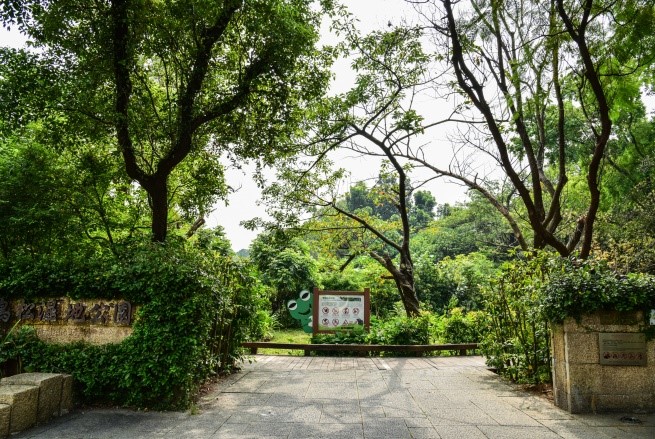
Niaosong Important Wetland
Project execution team:Kaohsiung Wild Bird Society
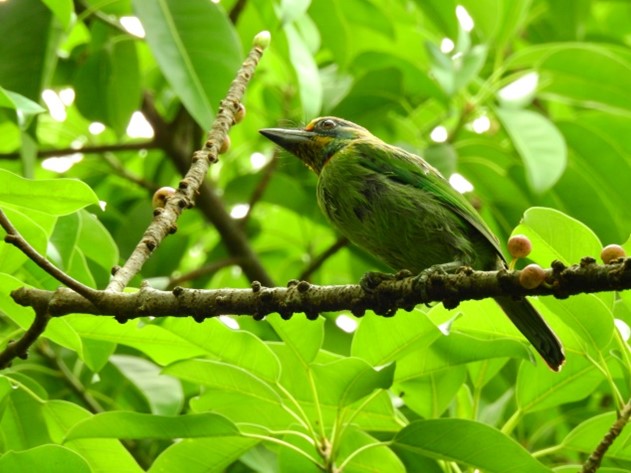
Psilopogon nuchalis
Features of wetlands :
As the first wetland park in Taiwan, Niaosong Wetland Park is located in a busy metropolitan area with rich biodiversity, making it the best place for citizens and students to learn about wetlands and engage in educational field trips.
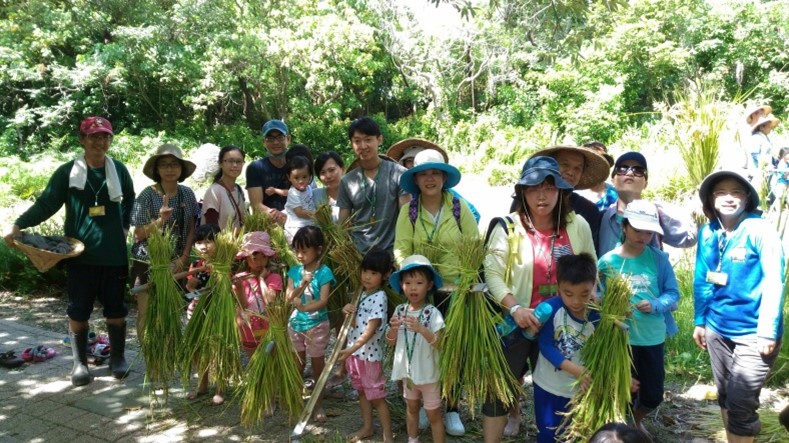
Rice Harvesting
Accomplishments of the restoration plan:
1. Improvement of environmental education and tour guide facilities
By organizing working holidays and launching the Satoyama initiative, we allowed the general public to engage in the care of the wetland, such as sowing the seeds and harvesting the crops. By engaging the general public in actual works, they were able to contribute to eco-friendly agriculture and environmental conservation in a proactive way; General public was also assisted to conduct self-guided environmental education that facilitates tourist observation, educational research, and leisure & recreation; Through the Satoyama Initiatives, we publicized the concept of eco-friendly agriculture so that the general public was able to communicate and exchange with local farmers their views on the ecosystem and the Satoyama lifestyle during the holidays. This way, the general public would become more supportive of the eco-friendly agriculture and the Satoyama concept. Also, we organized educational campaigns about the eco-system and the environment on a seasonal basis.
2. Restoration and monitoring of the wetland ecosystem
By investigating and constructing the natural habitat for wildlife, we successfully attracted birds and butterflies to the wetland thereby increasing the biodiversity of the park. In response, the general public was also attracted to the wetland to engage in photography and environmental education. By creating a natural habitat for the Pheasant-tailed jacana and growing aquatic plants, we were aiming at protecting the local species from foreign invaders and removing the Para Grass, Bittervine, golden apple snail, and striped snakehead. It is estimated that an educational campaign on the removal of foreign invaders be held in the springtime to raise the general public's awareness of ecosystem protection and environmental education.
3. Environmental Management & Empowerment
By organizing volunteer training and continuing education, as well as the training program for community volunteers and student volunteers during the summer vacations, we improved the volunteers' expertise and vitalized the organization to assist with the management of the park. During the ecological restoration seminar that we held, experts were invited to share their personal experience and improve the quality of wetland management. Visitors from other counties and cities were also invited to observe the wetland and absorb the experience from others to vitalize wetland management.
4. Tourist Safety and Park Management
Aside from daily repair & maintenance, we also bought consumables, tools, and equipment, such as overalls, gloves, rain boots, chainsaws, and other consumables to ensure tourist safety, work safety, and park protection. Park administrators were also recruited to engage in park management, habitat maintenance, and data collection.
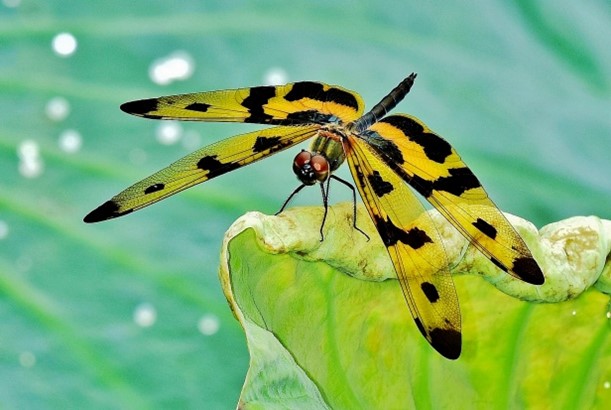
Rhyothemis variegate arria
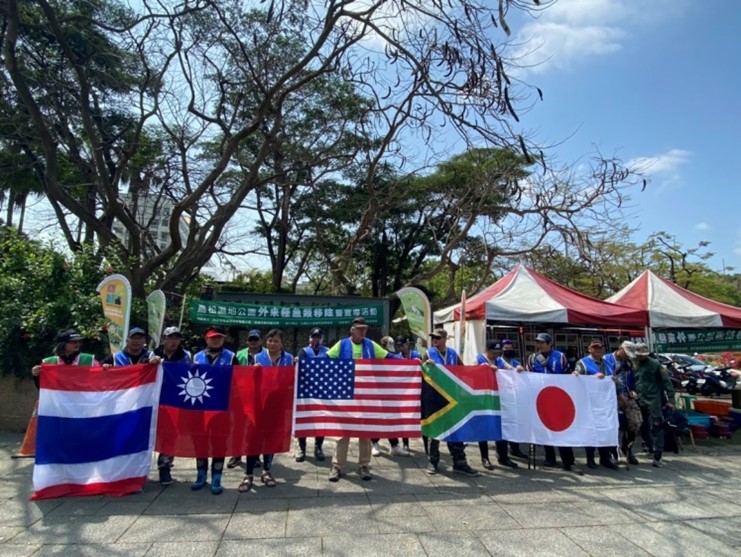
Removal of Foreign Fish Species
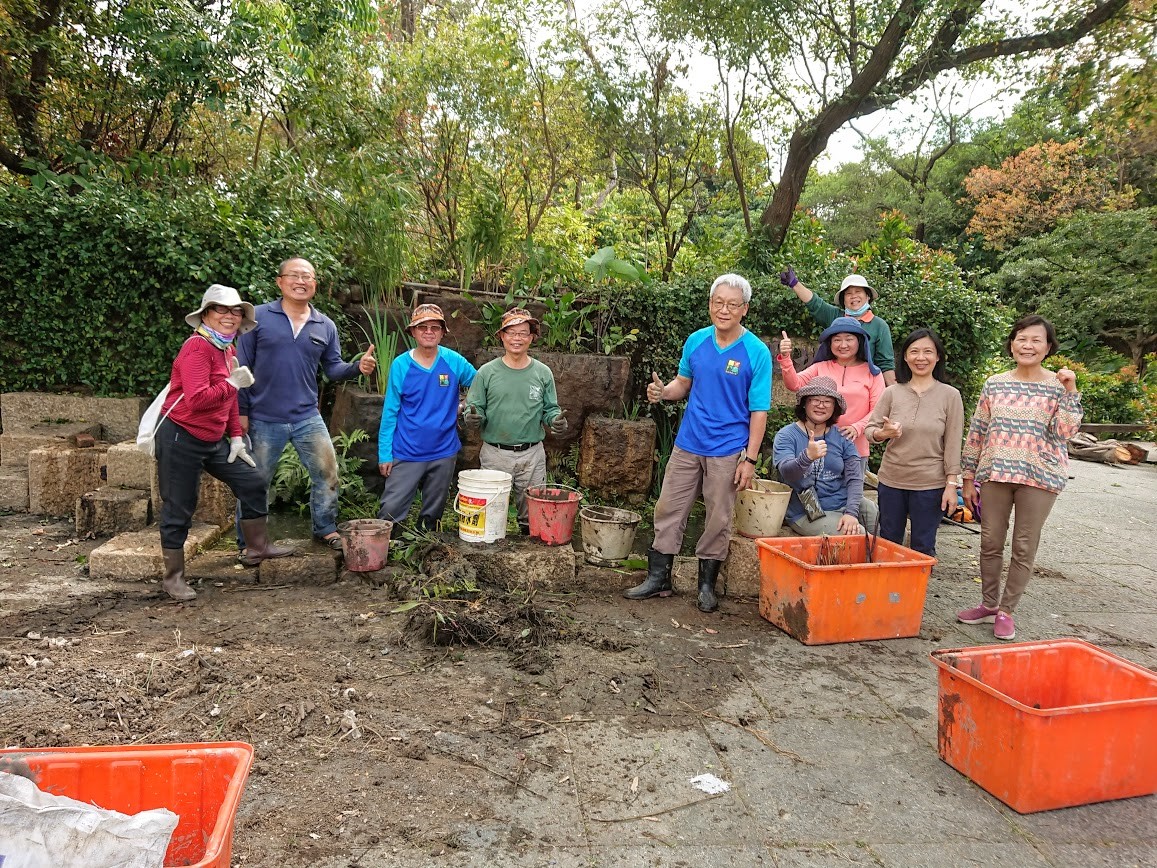
Habitate Construction
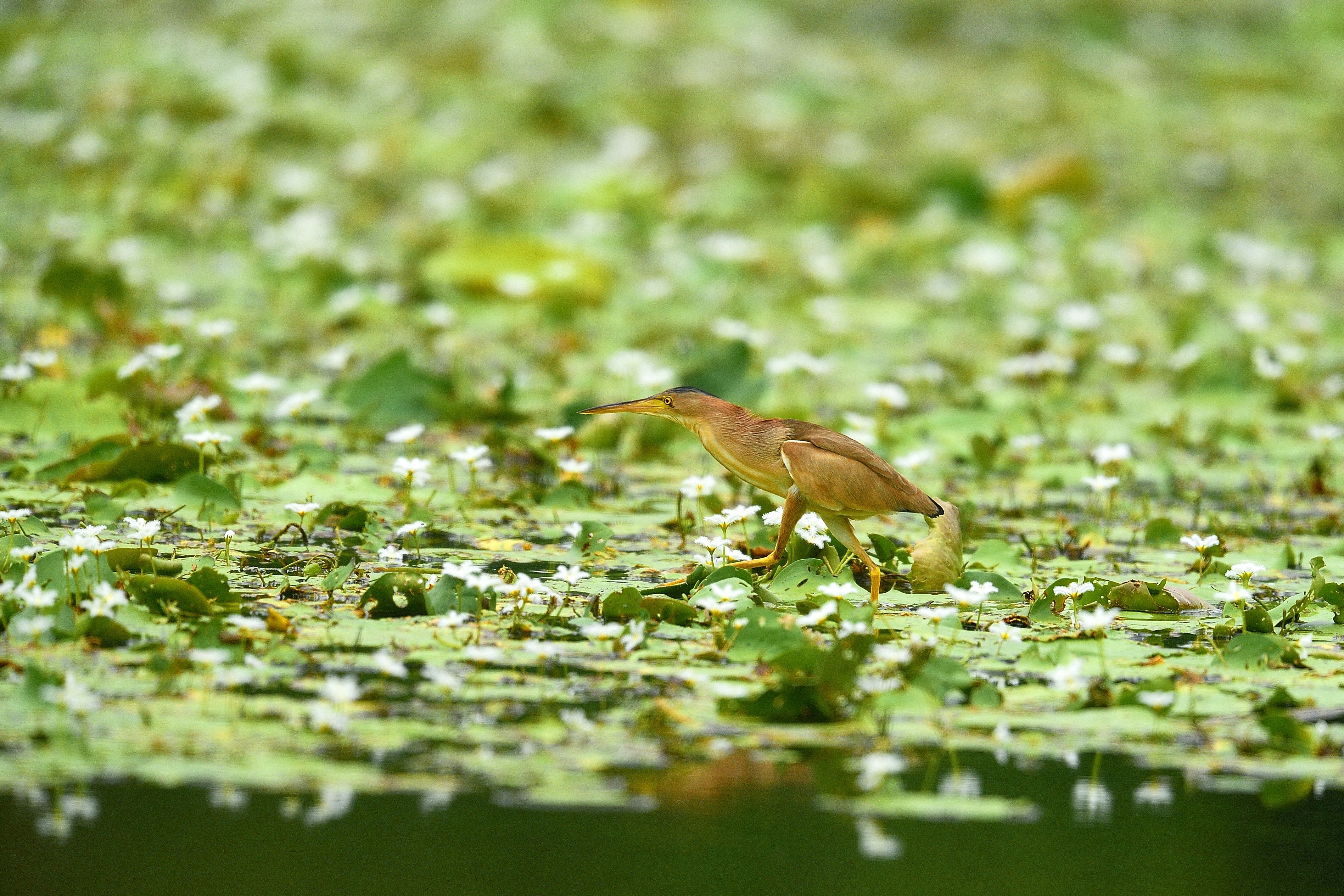
Ixobrychus sinensis
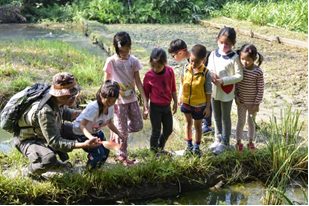
Ecosystem Observation
